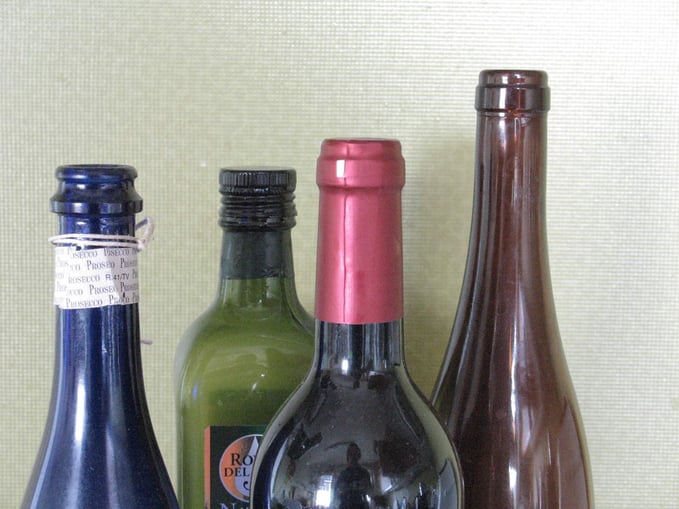Building Better Bottlenecks?

Bruce Smith
But most bottlenecks are made of glass. They are inherently fragile.
It is easy to assume that everyone views bottlenecks the way we do. If we helped design the bottleneck, it is a thing of beauty—a work of art. It is hard to imagine anyone failing to appreciate the value of our bottleneck. It seals easily. It pours slowly. It is the distinctive apex of our bottle. It suggests rare and precious contents. It is our exclusive trademark.
But if we see the bottleneck as someone else’s artificial limitation, it is merely an unnecessary restriction. It is inconvenient. Small. Frustrating. It is a solution to the wrong problem. It is a barrier to entry, a constraint on freedom.
Protecting bottlenecks has a long history. Alternatively, we might design a different bottleneck to take its place. Perhaps longer, artfully curved, or with a different tint. We could attempt to enlarge the bottleneck by applying heat and pressure over time. Or we could just crack the neck off the bottle.
Another option is to pour the contents into a pool, freely accessible to everyone.


